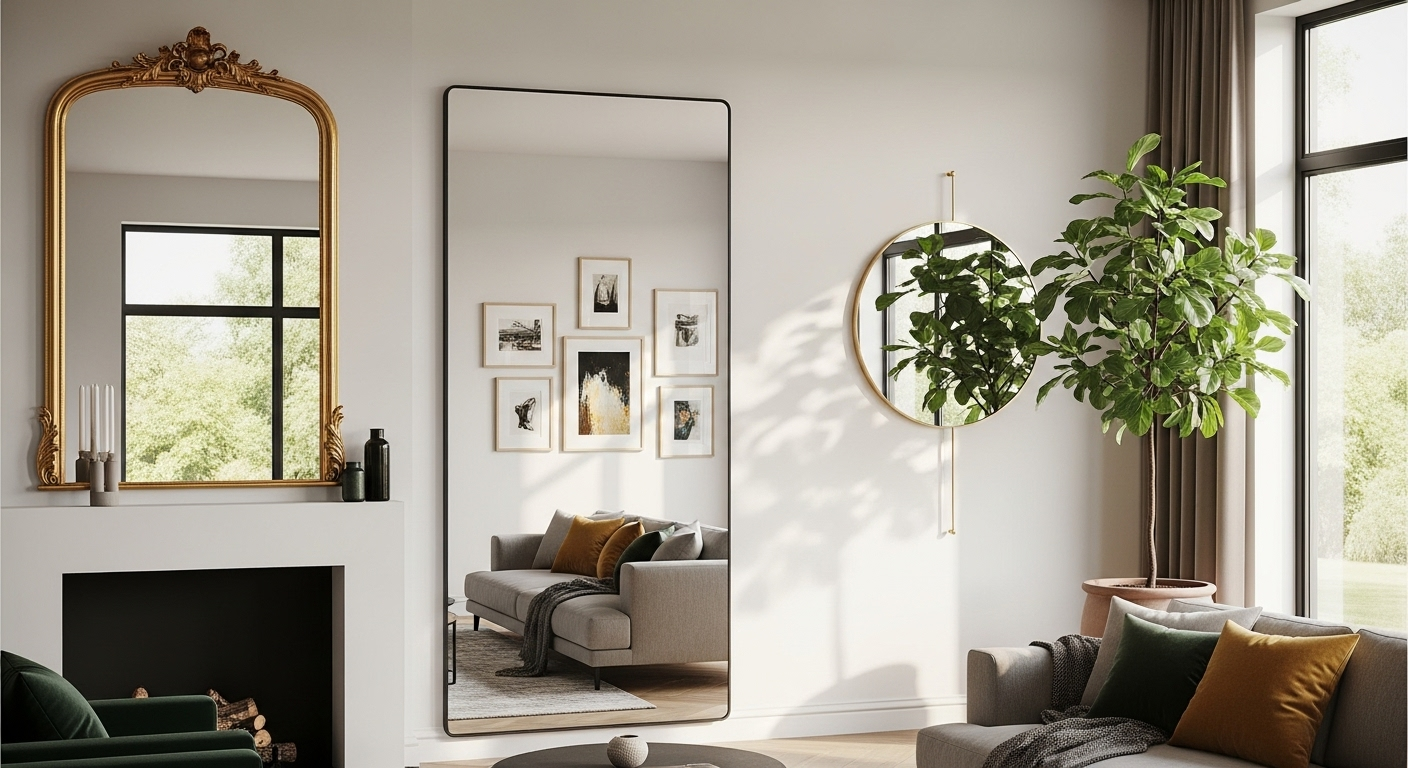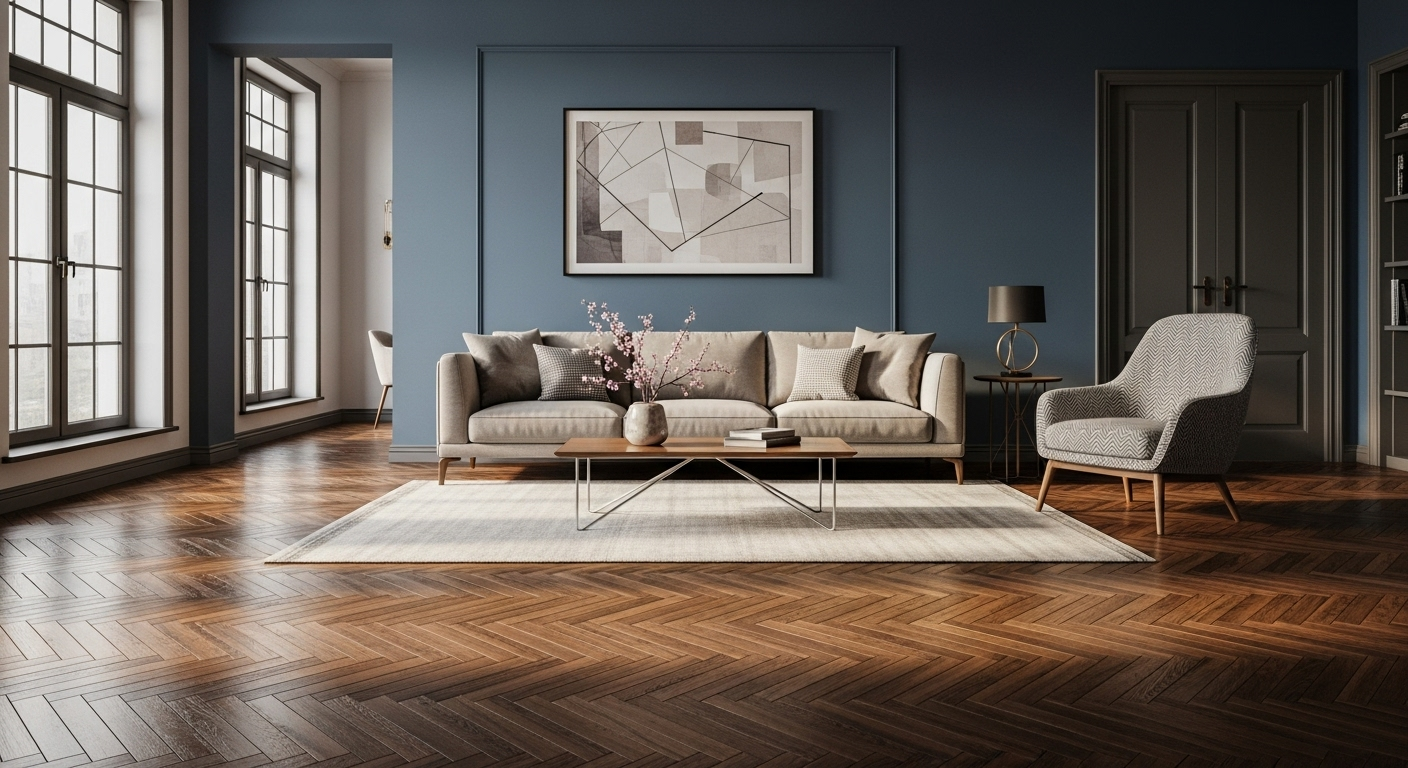Designing with Mirrors: Transforming Your Living Space with Reflections
Introduction: Mirrors have been a part of home decor for centuries, but they are more than just functional objects for checking your appearance. They are versatile design elements that can dramatically change the look and feel of your living spaces. Let's delve into the world of mirror design, exploring its historical context, current trends, and how it can enhance your everyday living.

The Historical Context of Mirrors in Home Decor
The use of mirrors in home decor dates back to the early civilizations of Egypt and Mesopotamia. Initially, mirrors were luxury items, often made of polished metal and used mainly for grooming. However, as glass-making techniques advanced, mirrors became more common and gradually integrated into home design. In the 17th century, the French started producing large, ornate mirrors that became centerpieces in lavish palaces and residences. By the 19th century, mirrors had become a staple in home decor, used not just for their practicality but also to enhance the aesthetics of a room.
Current Trends in Mirror Design
Today, mirrors are an essential component of modern interior design. They are used not only for their practical purposes but also to manipulate light, enhance the perception of space, and add a touch of style. One of the most popular trends is the use of oversized mirrors to create the illusion of a larger room. Another trend is the use of mirror clusters or gallery walls, where multiple mirrors of varying sizes and shapes are grouped together for a dynamic and modern look. The use of mirrors in unexpected places, like the kitchen or outdoor spaces, is also gaining traction.
The Practicality of Mirrors in Home Design
Mirrors are highly practical design elements. They serve a functional purpose by allowing us to check our appearance. From a design perspective, mirrors can make a room appear larger and brighter by reflecting light and creating the illusion of space. They can also be used to highlight specific areas or features within a room. For example, a strategically placed mirror can draw attention to a beautiful piece of furniture or artwork.
Market Trends and Impact on Daily Living
The market for mirrors is growing, driven by the increasing demand for home decor products and the trend towards smaller living spaces. As urban living becomes more prevalent, people are looking for ways to make their homes feel spacious and light, and mirrors are an effective solution. They not only enhance the aesthetics of a room but also impact our daily living by creating a sense of openness and brightness.
Mirrors as a Design Solution
Incorporating mirrors into your home decor can be a simple yet transformative design solution. Whether you’re looking to improve the lighting, create a sense of space, or add a stylistic element to your home, mirrors offer a versatile and effective solution. Just remember to consider the size, shape, and placement of your mirrors to ensure they complement your existing decor and serve their intended purpose.
In conclusion, mirrors are more than just functional objects. They are powerful design elements that can dramatically transform your living spaces. So, the next time you’re planning a home makeover, don’t overlook the potential of mirrors. They could be the key to creating that bright, spacious, and stylish home you’ve always dreamed of.




